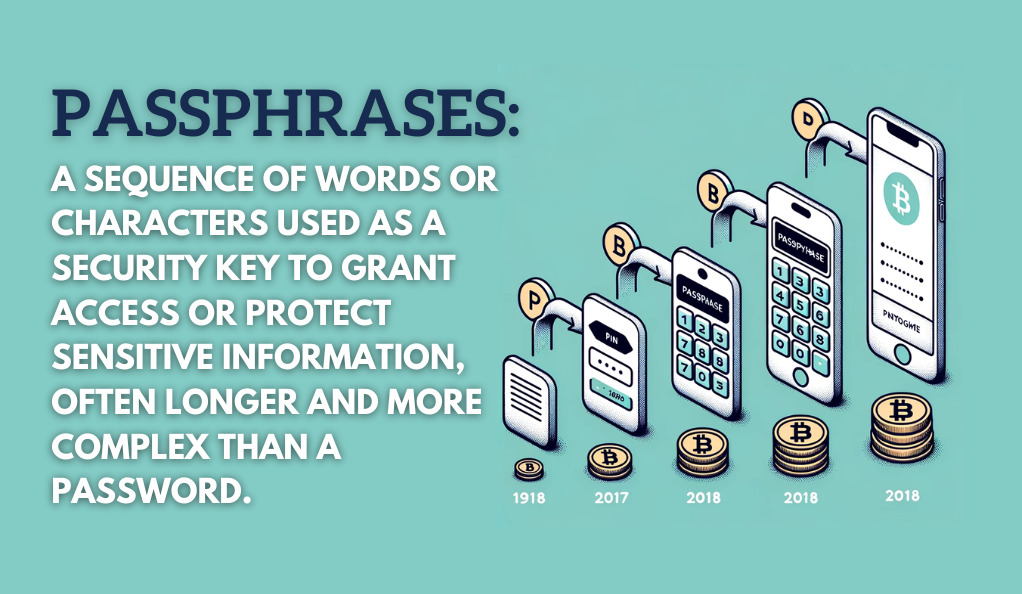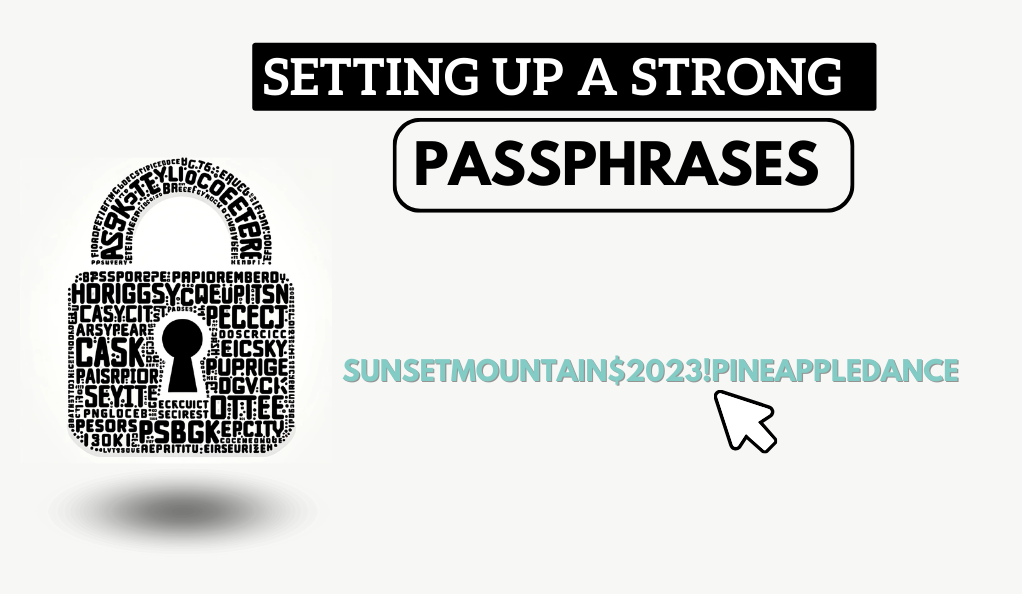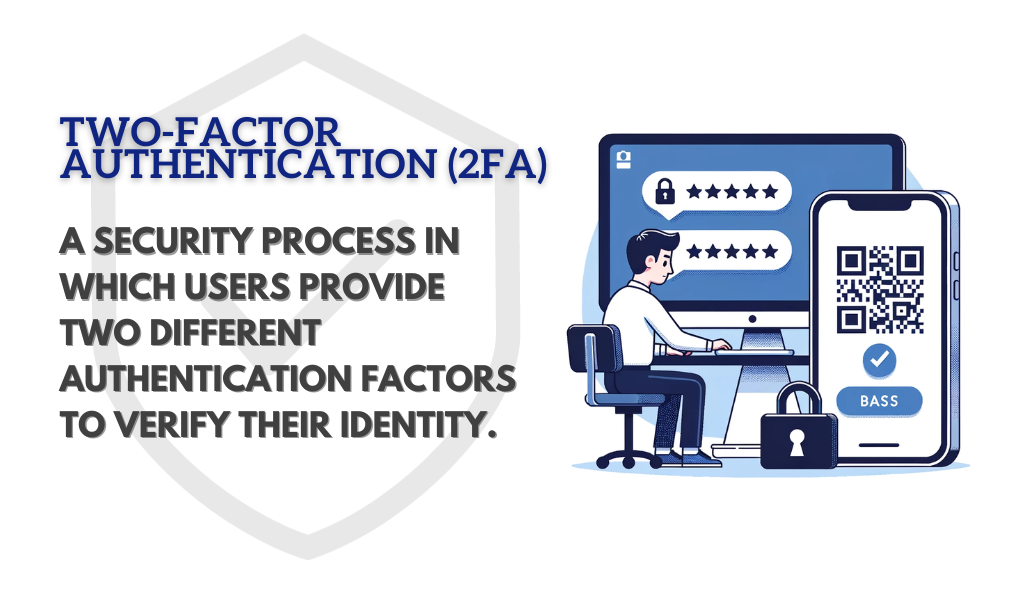In the vast and ever-evolving landscape of cryptocurrencies, wallets play a pivotal role. They are the digital equivalent of a physical wallet, safeguarding your digital assets, be it Bitcoin, Ethereum, or any other cryptocurrency. Among the myriad of wallet options available, X11 wallets have carved a niche for themselves, primarily due to their robust security features and the underlying X11 algorithm.
What are X11 Wallets?
X11 wallets are digital wallets that utilize the X11 hashing algorithm. This algorithm is unique because it combines 11 different cryptographic hash functions. This amalgamation ensures a higher degree of security, making it resistant to potential vulnerabilities. The name “X11” is derived from these 11 hash functions, which work in tandem to provide a multi-layered security approach.
Why Choose X11 Wallets?
There are several reasons why X11 wallets have gained popularity among crypto enthusiasts:
- Enhanced Security: As mentioned, the combination of 11 hash functions means that even if one or two of these functions were to be compromised, the overall integrity of the wallet remains intact.
- Energy Efficiency: X11 wallets are known for their energy-efficient mining process compared to other algorithms. This not only reduces the environmental impact but also makes mining more cost-effective.
- Wider Acceptance: Many cryptocurrencies, including the well-known Dash, use the X11 algorithm, making these wallets versatile and widely accepted.
- User-friendly Interface: Most X11 wallets come with an intuitive user interface, making it easy for both beginners and seasoned crypto users to navigate and manage their assets.
The Evolution of X11 Wallets
The journey of X11 wallets mirrors the broader evolution of the crypto world. Initially, as with most digital wallets, the primary security measure was a simple PIN. However, as the crypto ecosystem grew and threats became more sophisticated, there was a pressing need to bolster security. This led to the introduction of passphrases, a more robust and secure alternative to PINs. But we’ll delve deeper into that in the subsequent sections.
X11 wallets offer a harmonious blend of security, efficiency, and user-friendliness. As we navigate through this article, we’ll explore the various security layers that make X11 wallets a preferred choice for many.
The Basics: Understanding PINs

A Personal Identification Number (PIN) is a sequence of numbers used as a secure password in the process of authenticating a user accessing a system. In the realm of digital wallets, including X11 wallets, PINs served as the initial line of defense against unauthorized access.
What is a PIN?
A PIN typically consists of a string of four to six digits. It’s a security code that’s easy to remember and quick to enter, making it a popular choice for everyday transactions. Banks, for instance, have long used PINs for ATM transactions, and their simplicity made them an obvious choice for early digital wallets.
Why PINs Were the Initial Security Measure
- Simplicity: PINs are straightforward to set up and use. Their short length means they’re easy to remember, even for users who aren’t tech-savvy.
- Speed: Entering a PIN is quick, especially when compared to longer passwords or passphrases. This speed was essential for users looking to access their wallets or make transactions on the go.
- Familiarity: Given their widespread use in other domains, like banking, users were already accustomed to using PINs, reducing the learning curve.
Limitations of Using PINs
However, as the digital currency ecosystem matured, the limitations of PINs became evident:
- Limited Security: With a finite number of possible combinations, especially for four-digit PINs, they became susceptible to brute-force attacks, where hackers try every possible combination until they find the right one.
- Vulnerability to Shoulder Surfing: Given the short length of PINs, it’s easier for malicious actors to observe and remember them when entered in public places.
- Lack of Complexity: PINs lack the complexity of alphanumeric passwords or passphrases. They don’t use letters, symbols, or case variations, making them inherently less secure.
As the world of cryptocurrency expanded and the value stored in digital wallets grew, the need for enhanced security became paramount. This realization paved the way for the evolution from PINs to more sophisticated security measures, like passphrases, ensuring that users’ digital assets remained protected against an ever-growing array of threats.
Evolution to Passphrases: A Leap in Security

As the limitations of PINs became increasingly evident, the crypto community began to seek more robust security measures. Enter passphrases—a longer, more complex, and inherently more secure method of safeguarding digital wallets.
What is a Passphrase?
A passphrase is a sequence of words or other text used to control access to a computer system, program, or data. Unlike PINs or passwords, which can be relatively short and may not always be meaningful, passphrases are typically longer and can often be a coherent phrase or sentence. This makes them both more secure and, paradoxically, easier to remember.
Benefits of Using Passphrases
- Enhanced Security: Due to their length and complexity, passphrases are inherently more secure than PINs. They offer a vast number of possible combinations, making brute-force attacks impractical.
- Memorability: While it might seem counterintuitive, longer passphrases, especially those that form a coherent sentence, are often easier to remember than shorter, random combinations of characters.
- Customizability: Users can create passphrases that have personal significance, making them easier to recall. For instance, “BlueFrogsJumpHighInSummer!” is both secure and memorable.
- Resistance to Common Attacks: Techniques like dictionary attacks, where hackers try every word in the dictionary, are less effective against passphrases, especially when users incorporate spaces, punctuation, or non-dictionary words.
Setting the Standard for Modern Wallets
The shift from PINs to passphrases marked a significant step forward in digital wallet security. Modern X11 wallets, recognizing the superior protection offered by passphrases, have integrated them as a standard feature. Users are often encouraged, if not required, to set up a passphrase during the initial wallet setup.
However, while passphrases offer enhanced security, they are just one piece of the puzzle. As threats evolve, so too must the defenses. In the world of X11 wallets, this has led to the incorporation of additional security layers, ensuring that users’ assets remain safe from even the most determined adversaries.
The X11 Algorithm: A Deep Dive
At the heart of X11 wallets lies the X11 algorithm, a unique cryptographic mechanism that sets it apart from other digital wallets. Understanding this algorithm is crucial to appreciating the security layers of X11 wallets.
Understanding the 11 Hash Functions
The X11 algorithm doesn’t rely on just one cryptographic hash function; it employs 11. These functions operate sequentially, with each one taking the output of the previous function as its input. This chaining of hash functions ensures a multi-layered, reinforced security structure.
- Multi-layered Security: By employing 11 different hash functions, the X11 algorithm ensures that even if one or two functions become vulnerable, the overall system remains secure. This redundancy acts as a fail-safe, providing multiple barriers against potential threats.
- Adaptive Mining: The X11 algorithm adjusts its hashing requirements based on the total network hashrate. This dynamic adjustment ensures energy-efficient mining, reducing the environmental footprint and making the mining process more sustainable.
- Future-proofing: The multiple hash functions mean that even if advancements in quantum computing or other technologies compromise one function, the remaining functions continue to provide security. This design makes X11 wallets more resilient to future technological developments.
Why It Matters for Security
The strength of the X11 algorithm isn’t just academic; it has tangible benefits for users:
- Resistance to Centralization: The energy efficiency of the X11 algorithm means that mining remains accessible to individual miners, preventing the centralization seen in other cryptocurrencies where large mining farms dominate.
- Quick Transactions: The design of the X11 algorithm allows for faster transaction confirmations, enhancing the user experience without compromising on security.
- Enhanced Privacy: The chaining of 11 hash functions ensures a higher degree of privacy for transactions, making it more challenging for malicious actors to trace or link transactions.
The X11 algorithm is a testament to the importance of robust, multi-layered security in the digital age. It’s not just about protecting assets; it’s about ensuring trust, privacy, and accessibility in the ever-growing world of cryptocurrencies.
Setting Up Passphrases in X11 Wallets
While understanding the intricacies of the X11 algorithm is essential, for most users, the immediate concern is how to practically secure their wallets. Setting up a passphrase is a fundamental step in this process, acting as the first line of defense against unauthorized access.

Step-by-Step Guide to Setting Up a Passphrase
- Initialization: When setting up an X11 wallet for the first time, users are typically prompted to create a passphrase. This step is crucial, as the passphrase will be required for all future access to the wallet.
- Choose a Meaningful Phrase: Instead of random words or characters, opt for a coherent sentence or phrase that holds personal significance. This approach not only enhances security but also aids memorability.
- Incorporate Complexity: While the phrase should be meaningful, adding complexity boosts security. Consider using a mix of uppercase and lowercase letters, numbers, and special characters.
- Avoid Common Phrases: “Password123” or “LetMeIn!” are examples of commonly used passphrases that are easily guessable. Steer clear of clichés or overly simple phrases.
- Confirm Your Passphrase: Most wallets will ask you to enter the passphrase twice to ensure there are no mistakes.
- Backup Immediately: Once the passphrase is set, make a backup. Write it down and store it in a secure location. Some users opt for physical backups, like paper or metal backups, to ensure durability.
- Regularly Test Your Backup: Periodically, ensure that your backup is accessible and accurate. It’s a small step that can prevent potential future headaches.
Best Practices for Creating a Strong Passphrase
- Length is Strength: Longer passphrases inherently offer more security. Aim for at least 12 characters.
- Use a Passphrase Manager: If remembering multiple passphrases becomes challenging, consider using a reputable passphrase manager. These tools securely store and manage your passphrases.
- Avoid Digital Storage: While it might be tempting to save your passphrase in a digital note or document, this exposes you to additional risks. If your device is compromised, so is your passphrase.
In the digital age, where cyber threats are ever-evolving, the importance of a robust passphrase cannot be overstated. By following the guidelines above and regularly updating your security practices, you can ensure that your X11 wallet—and the valuable assets it holds—remains protected.
Additional Security Measures
While passphrases provide a robust layer of security for X11 wallets, they are just one component of a comprehensive security strategy. As cyber threats become more sophisticated, it’s essential to employ multiple layers of protection to safeguard your digital assets effectively.

Two-Factor Authentication (2FA)
- What is 2FA?
- Two-Factor Authentication is a security process in which users provide two different authentication factors to verify their identity. This typically involves something the user knows (like a passphrase) and something the user has (like a mobile device or a hardware token).
- Benefits of 2FA:
- Added Security Layer: Even if a malicious actor obtains your passphrase, they would still need the second authentication factor to access your wallet.
- Deterrent to Hackers: The presence of 2FA can deter many opportunistic hackers, making them move on to easier targets.
- Setting Up 2FA:
- Most modern X11 wallets offer 2FA integration. Users can set it up through the wallet’s security settings, often using apps like Google Authenticator or Authy.
Cold Storage and Hardware Wallets
- Understanding Cold Storage:
- Cold storage refers to keeping a reserve of cryptocurrencies offline. This method is used to prevent unauthorized access, cyber hacks, and other vulnerabilities associated with internet-connected devices.
- Hardware Wallets:
- These are physical devices that securely store users’ private keys offline. They allow transactions to be made online, but the keys remain offline, ensuring they aren’t susceptible to online hacking attempts.
- Popular hardware wallets include Ledger Nano S, Trezor, and KeepKey.
- Benefits of Cold Storage:
- Enhanced Security: By keeping assets offline, users are protected from online vulnerabilities.
- Protection from Unauthorized Access: Even if a user’s computer is compromised, assets in cold storage remain untouched.
Regular Security Audits
- Why Audit?
- Regularly reviewing and updating security practices ensures that users are protected against the latest threats.
- What to Look For:
- Check for software updates, review transaction histories for any unauthorized activity, and ensure that all security measures, like 2FA, are functional.
- Seek Expertise:
- For those who hold significant assets in their X11 wallets, it might be worth consulting with cybersecurity experts to conduct thorough audits.
Staying one step ahead of potential threats is crucial. By employing a multi-faceted security approach, users can ensure that their assets are well-protected, giving them peace of mind in an often unpredictable digital world.
Conclusion: Balancing Convenience and Security
In the rapidly evolving world of cryptocurrencies, the balance between user convenience and robust security is paramount. The development and adoption of X11 wallets highlight this equilibrium, offering users streamlined transactions while ensuring their digital assets are safeguarded against multifaceted threats. As digital currencies become increasingly mainstream, the challenges posed by cybercriminals will undoubtedly escalate. However, the continuous innovation in X11 wallets, coupled with user vigilance and education, promises a future where digital transactions are both seamless and secure. The journey of X11 wallets, from basic PINs to intricate security layers, stands as a testament to the crypto community’s dedication to fostering a resilient and user-friendly digital financial landscape.
At axerunners.com, our goal is to furnish well-rounded and trustworthy information regarding cryptocurrency, finance, trading, and stocks. Nonetheless, we avoid providing financial advice and instead encourage users to conduct their own research and meticulous verification.
Read More










